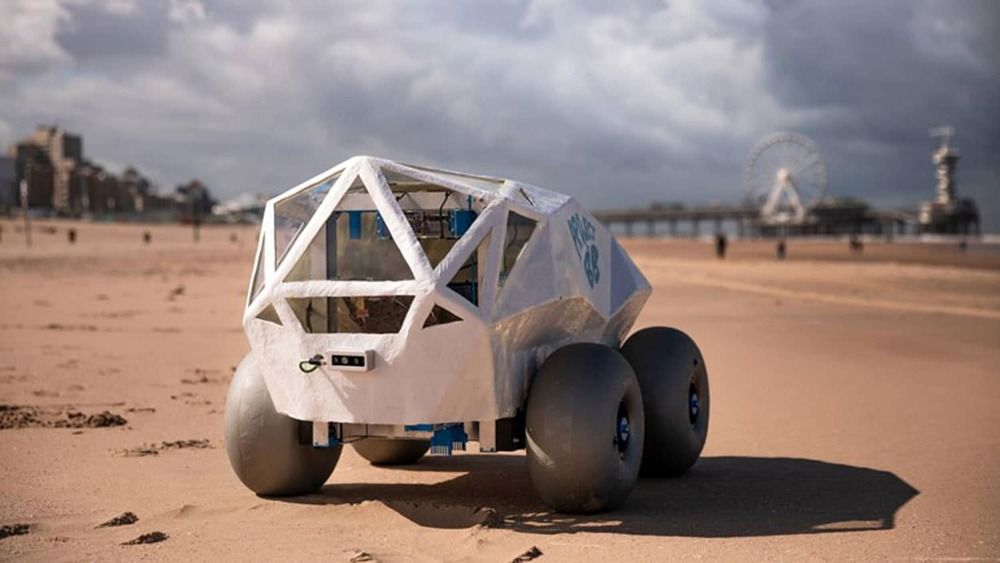With help from Microsoft’s artificial intelligence systems, the BeachBot learns how to better find the strewn filters, even if they’re partially buried in the sand. It then scoops these cigarette butts up from the sand and disposes of them in an internal bin. Later, people empty that bin into a trash container. Rolling atop the sand on four puffy-looking wheels, the beach-cleaning robot uses two onboard cameras to look ahead (to avoid people and objects) and to look down.
The BeachBot is still in early learning via the software giant’s Trove AI system, which helps provide image sets for this kind of machine learning task. Teaching the bot how to find its prey requires a lot of people. TechTics must show the beach rover (and, specifically, the AI system) thousands of photos of cigarette butts, all lying about in various states, such as partially hidden, so it can recognize and remember them.
The Trove app connects AI developers with photo takers through a transparent data marketplace. In this case, people can submit their photos, and TechTics directly pays contributors 25 cents per accepted image. TechTics is seeking to eventually collect 2000 photos of cigarette butts on the beach via Trove to help the robot fully understand what it’s looking for. To date, it has obtained about 200 useful images, but BB is already able to seek out waste with two onboard cameras, use its robotic arms, and put cigarette butts into an onboard bin.
